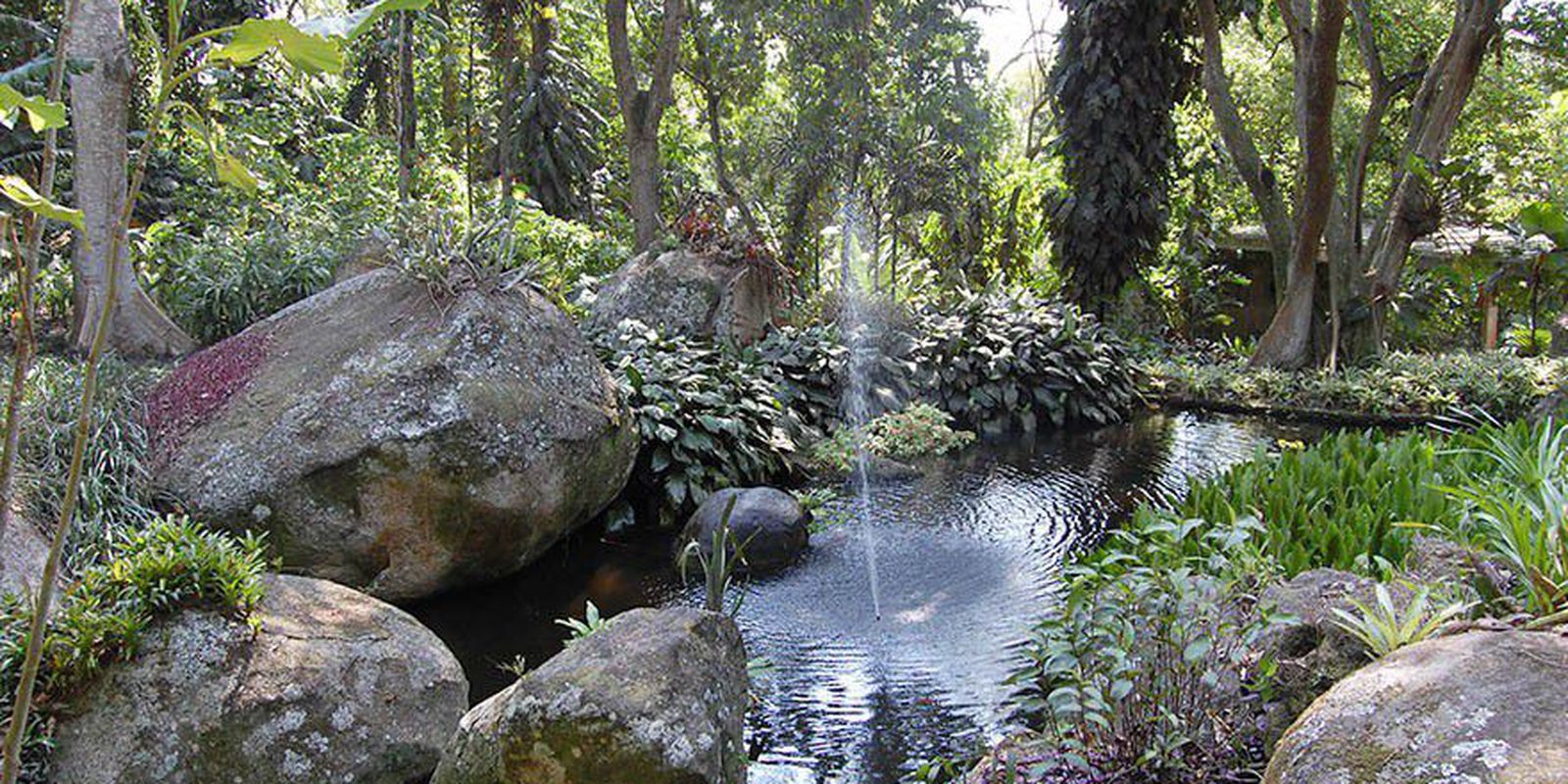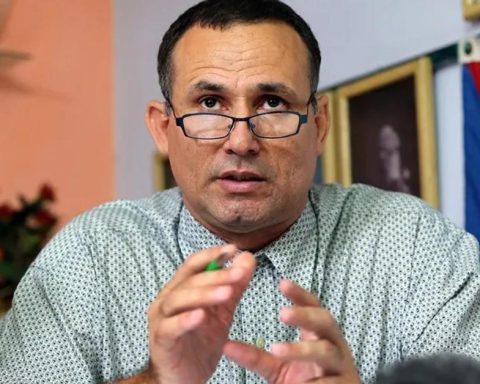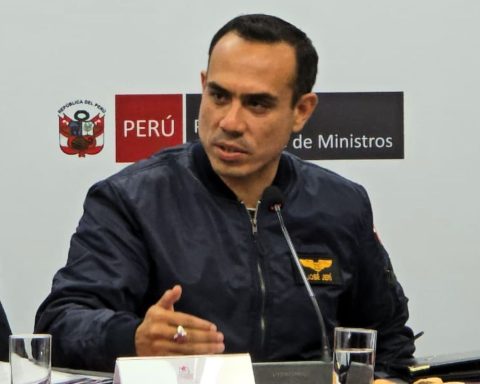Sítio Roberto Burle Marx was the place where the most famous of Brazilian landscape designers lived and experimented. THE TV Brazil this Sunday (24/07), at 10 pm, the program Caminhos da Reportagem that showed this place, which last year became a UNESCO World Heritage Site.
Located in Barra de Guaratiba, on the west side of the city of Rio de Janeiro, the site houses a collection of more than three thousand five hundred plant species from tropical and semitropical regions.
Burle Marx bought the property in partnership with his brother, Siegfried, in 1949 and made it a laboratory to learn about the behavior of Brazilian flora, until then little valued in landscape projects. Based on these experiences, he created the modern tropical garden, which represented “a paradigm shift in landscaping, a great contribution to humanity”, explains the site’s director, Claudia Storino.
A good part of the plants that can be seen on the site today came from Burle Marx’s excursions through the various Brazilian biomes. Architect and landscaper José Tabacow participated in several of them, first as an intern and later as a partner of Burle Marx. He recalls that the only situation that made his friend angry during the trips were the flagrant destruction of the environment.
The assistant in environmental preservation and defense Sinval Pereira Filho, who started working on the site at the age of 20, still under the command of Burle Marx, says that in these expeditions the landscaper discovered around 50 new species, many named after him. , like the Orthophytum burle-marxii.
When visiting the site, it is also possible to appreciate how the landscaper used materials from demolished buildings in pavements, waterfalls, doors and facades on the property. “He was a precursor in many things”, says educator Suzana Bezerra, who introduced the space to the team at the Reporting Paths and highlighted the artist’s genius.
In the house where Burle Marx lived, some personal objects are preserved, such as glasses, clothes and shoes, as well as a vast collection of works by the landscaper, who was an artist with multiple faces: a painter, sculptor, jewelry designer and even an opera singer. The art history professor at the State University of Rio de Janeiro (Uerj) Vera Beatriz Siqueira believes that both in landscaping and painting, Burle Marx’s production maintains links with our cultural traditions, with our reality and with our landscape itself. when presented in abstract form. “It creates a kind of environment that I call ecology in the modern way”, explains the professor.
The rooms also house the huge collection of popular art that Burle Marx acquired throughout his life. General service assistant Maria Goreti Ferreira de Lima, who started working on the house during the preparations for the landscaper’s 80th birthday party, says she cleans the pieces with silk hands and takes care to keep the memory of her Roberto alive, as refers to him.
“If I tried to understand the garden applied to our nature, let’s say, to our human nature and especially to Brazilian needs, it’s because I don’t just want to make gardens for a millionaires’ house. I would like to make gardens where the people could participate”, immortalized Burle Marx, in an interview with the program The Magic Worldwhich is part of the TV Brazil.
Concerned with the preservation of his collection, Burle Marx donated the site while he was still alive to the federal government, in 1985, nine years before he died. Today the space is under the responsibility of the National Institute of Historical and Artistic Heritage, Iphan. Carlos Alberto Moreira da Silva, coordinator of the maintenance of the botanical collection, says that the challenge for the older employees now is to prepare the younger ones to take care of this gift left by the landscaper. “People need to know this here to give the place the value it deserves”, he says.
Heir to the landscaping office created by Burle Marx, landscape designer Isabela Ono celebrated the site’s candidacy for world heritage status. At the end of 2019, she and the two partners created the Burle Marx Institute with the aim of also making public the collection of projects, sketches, photos, models, among other pieces, that belong to the office. “It only joins forces to celebrate such an important and great legacy that Burle Marx left for us”, says Isabela.
Datasheet:
reporting and production
Ana Passos
production support
Natalia Neves
Images
Luís Sousa
drone
Eduardo Guimarães
technical assistance
Carlos Junior
Lighting
Celso Aparecido
text editing
Ana Passos
Image editing and finishing
Jerson Portela
Art
Eudes Lins


















